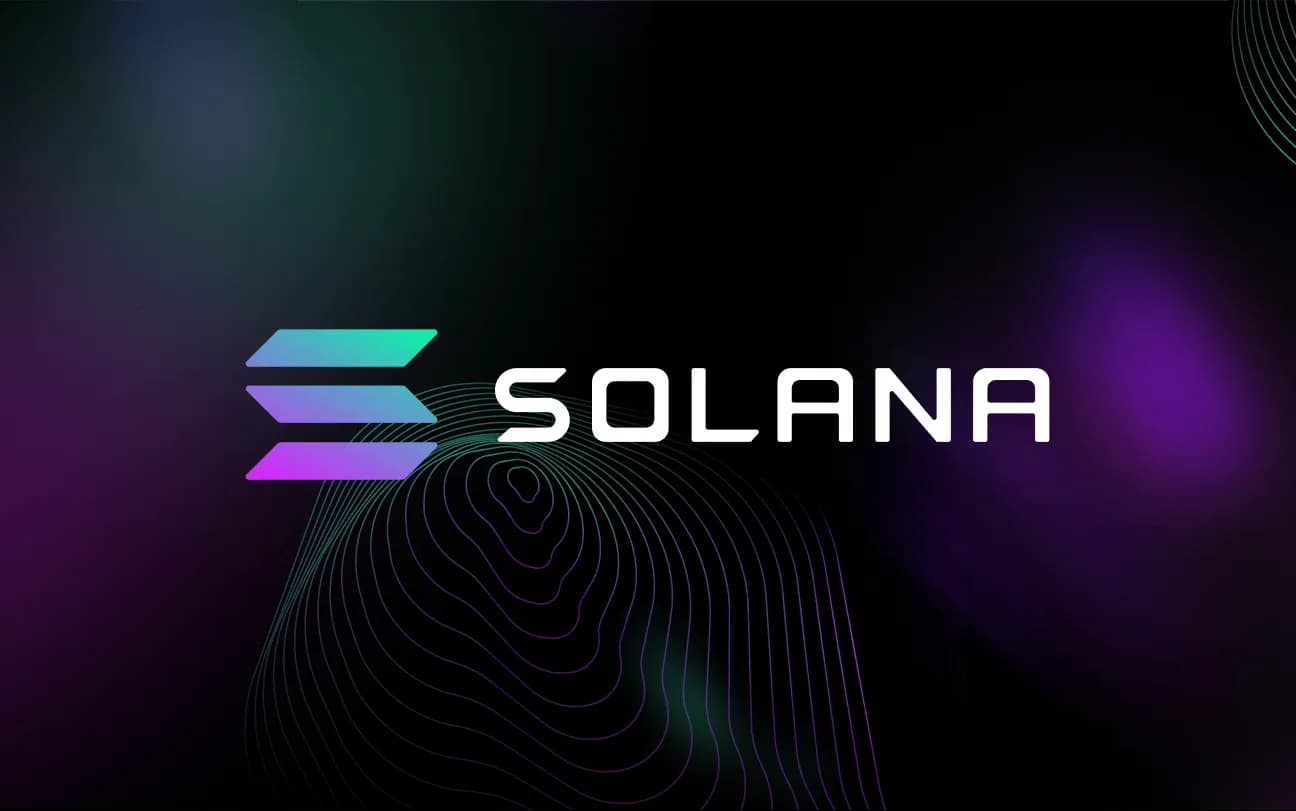Polygon and Solana are both popular projects backed by even more popular cryptocurrencies, MATIC and SOL. Each of them serves as a native token to their projects. MATIC powers Polygon, while SOL is an inseparable part of Solana.
Let’s learn more about these two projects, their tokens, and their possible price changes in the future, discussing how to convert MATIC to SOL and vice versa to make a profit.
Table Of Contents 👉
What Is MATIC?

MATIC is the native token of Polygon (which was formerly called Matic Network). Polygon was the first to come up with optimistic rollup chains, ZK rollup chains, and more, with the goal of turning Ethereum into a multi-chain system. Polygon continues to be one of the most important Ethereum-based projects to date.
Polygon Tokenomics
MATIC is used for paying services at Polygon, and it’s an ERC-20 token. It’s also used for paying transaction fees, even for Polygon sidechains.
The maximum supply of MATIC is 10,000,000,000. At the moment, a total of 92% of all tokens are in circulation. The token reached an all-time high on December 27, 2021, when a single unit was $2.92, as opposed to May 9, 2019, when MATIC was at an all-time low — $0.003012. Right now, it’s trading at about $1.
Nowadays, MATIC is popular and available on many exchanges, including Godex.
MATIC Price Prediction
According to PricePrediction.net, Polygon’s average price will increase to $1.95 by next year and to $2.78 by 2025. In 2032, which is the furthest ahead this website predicts, a single unit of MATIC can go as high as $41.44.
Another platform we used for reference is DigitalCoinPrice, which states the price of MATIC will go as high as $3.45 by 2025, and it could increase to around $19.24 by 2032.
What Is Solana?

Solana is a protocol created to make the development of decentralized apps easier, allowing for higher scalability. It has a unique consensus mechanism that combines Proof-of-Stake with Proof-of-History (PoH). In fact, PoH was developed by the team working on Solana. Overall, Solana puts DeFi into warp speed with its innovation, and that’s why it’s recognized as a powerful project in the crypto sphere, along with SOL, its native token.
SOL Token
The SOL token doesn’t have a max supply. The circulating supply is currently around 393 million SOL, with 539 million of total supply, and this difference was created thanks to Solana’s burn system, with 50% of each transaction fee burned.
The token reached an all-time high price of $260.06 in November 2021, whereas the recorded all-time low was on May 11, 2020, when a single unit was $0.5052. Now it’s trading at around $22.
SOL Price Forecast
We checked PricePrediction for Solana to see how its price would change in the future. According to this platform, SOL could reach around $39.93 next year and an average of $60.91 in 2025. By 2032, the price of a single coin of SOL could be up to $966.
We also consulted DigitalCoinPrice to compare its prediction, which is also rather positive regarding Solana’s future. This platform claims that the price of SOL could reach a maximum of $58.18 by 2025. Moreover, it predicts that the average price could be around $448.24 in 2032.
Swapping MATIC For SOL With Profit
As you can see, both cryptocurrencies seem to have a great future ahead of them. Polygon is reshaping the way blockchains operate, paving the road for web3, being one of the first platforms to introduce “the Internet of Blockchains.” Meanwhile, Solana is focused on providing a strong infrastructure to support high-performance decentralized applications. Both platforms can potentially revolutionize DeFi and usher in a new era of digital asset trading.
So if you cannot make up your mind about whether to swap one for the other, it’s best to do your own research and sell them only when you can make a profit from the trade.
Related Stories:
